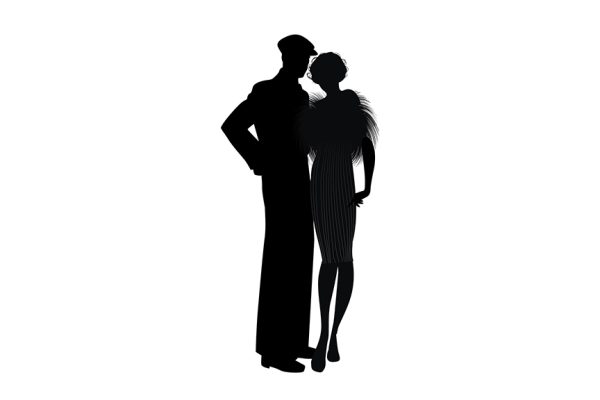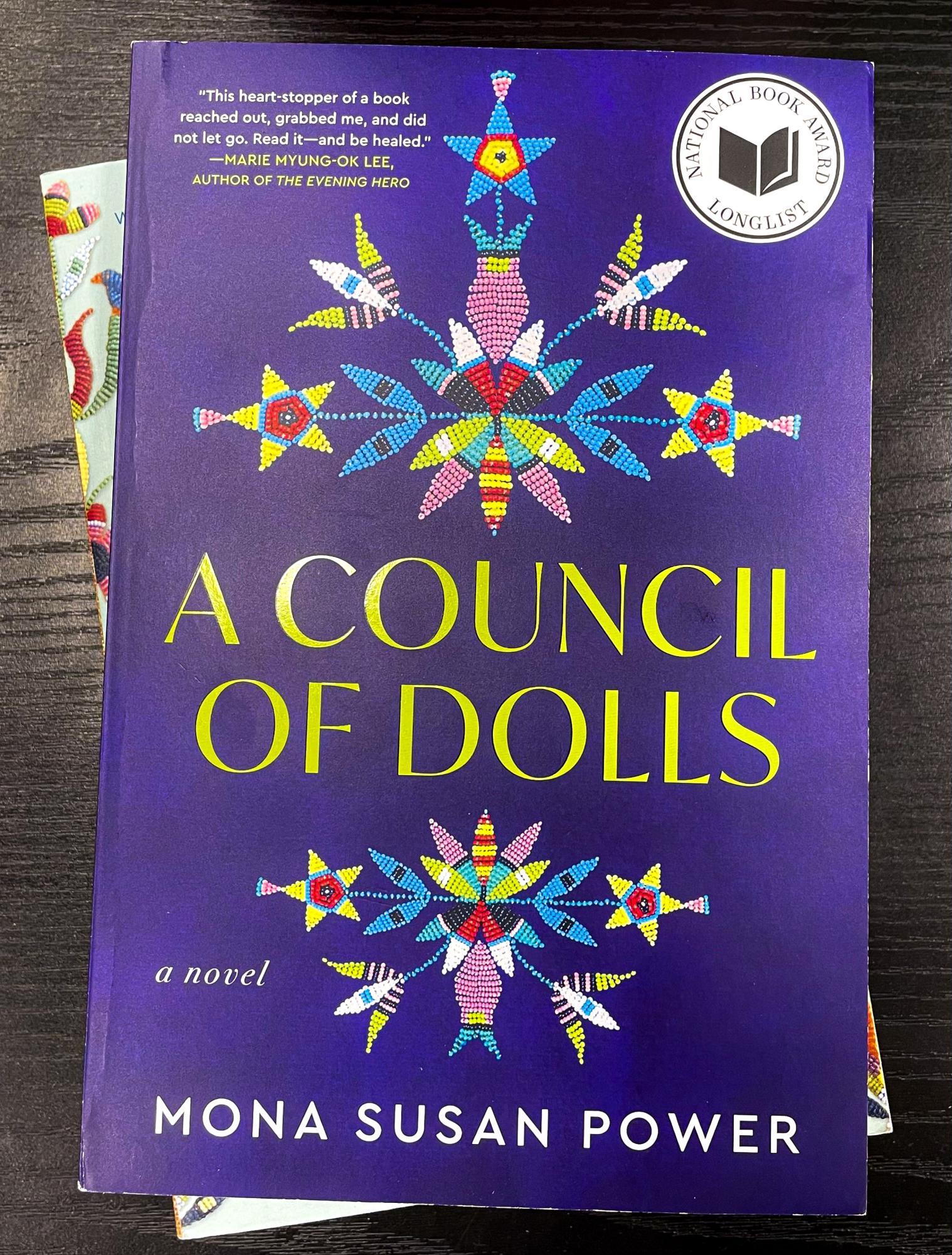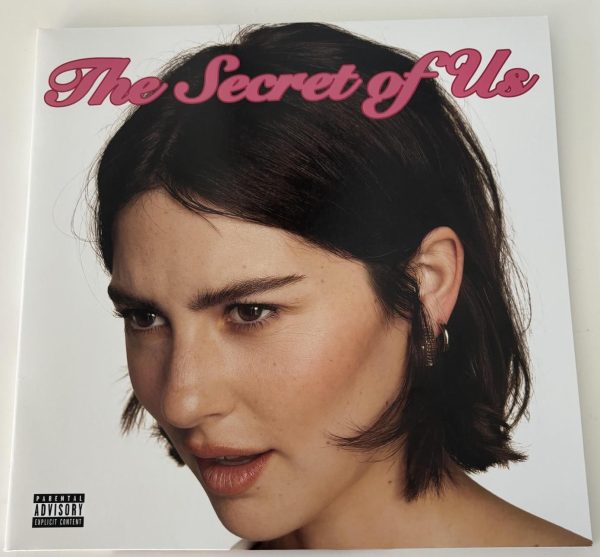“13 Reasons Why” is Awful
Do you know who would really love the hit Netflix show “13 Reasons Why?” Courtney, from “13 Reasons Why.” The hit drama has swept American pop-culture and social media in the last few months, being seen as an eye opening and educational look into teen suicide and the events that lead up to such a permanent solution, but my eyes were never opened by the show, and in fact, at many times the show forced me to close my eyes for fear of panic attacks.
Much like my fellow reviewer, Jacob, I have struggled with and have been diagnosed with a couple of different mood disorders, and I am medicated for these. I know what it is like to harm one-self and feel as if life itself is dispensable. That is the main reason why I take such issue with this show. Many have asked, but I will repeat: where is the lethargy? Where is the neglect of body and appearance? Where is the isolation? Where is the weight gain/loss? Where is the. . . depression? Sure, Hannah is depressed, but there is no mention of mental illness ever in this show, and that is an undeniable flaw. “13 Reasons Why” ignores the absolute number one cause of suicide in children and young adults: diagnosed or undiagnosed mood disorders (including depression, anxiety, paranoid schizophrenia, bipolar disorder, borderline personality disorder and others). These are the real killers of our nation’s youth, and to chalk everything up to the “hurtful actions of others” is an ultimately naive assumption, especially considering the statistics showing that over 90 percent of suicides are partially due to substance abuse and/or mental disorders.
The general consensus behind this show’s effectiveness is its “gritty and realistic” portrayal of high school life, but I’m not sure I can find truth in this. It is possible that life is like this in any smaller city–where bullying is centralized and widespread and running away is much harder–but the experience I had never felt even remotely like this. I myself am a target for ostracization; being an openly LGBT+ person necessitates a certain “otherness” in one’s life, and yet I have never faced anything similar to the dramatized and cinematic situations contrived in “13 Reasons.” While this is a purely personal critique, I feel that “13 Reasons’” portrayal of high school life as a cruel and stagnant trap is an assertion that couldn’t be farther from the truth. I have found a welcoming LGBT+ community at P-CEP, and I have thrived. To suggest that the reality of high school bullying is so crushing that nobody can escape it, is something concerning to me, especially in a show largely targeted at young adults and those in those environments.
This drives my main point: “13 Reasons Why” is overdramatized in every way. Looking at the raw data of suicide in the United States, women do not slit their wrists. According to the CDC’s Injury Statistics Query and Reporting System, only 1.5 percent of all female suicides are due to cutting or piercing of one’s body, while drug overdose accounts for a whopping 36.2 percent, carrying the plurality of all suicide deaths among women. The show uses this particular method as a way of cinematization and over-dramatization of suicide to “prove their point” or “convey the gravity” or something.
The simple reality is that when I watched the scene where Hannah slits her wrists, I had a panic attack; regardless of trigger warnings, I did what most teenagers (including, and/or especially, those susceptible to this kind of self-harm) would do: I watched every episode with a trigger warning, and I did have a panic attack. I felt the urge to harm myself, my scars and areas of prior harm began to sting and I was brought back–with stunning clarity–to some of my darkest days. The point here is this: I am medicated, and I am treated for the issues that led me to this reaction, and I still had that reaction! One must ask how this will affect those who have not recovered yet from that state of mind; if I were not medicated, I may have cut myself after watching “13 Reasons Why.” There is an element of personal responsibility and heeding of trigger warnings, but to ignore the clear reality that this show is targeted toward an audience of teenagers, many of whom have the feelings that lead to Hannah’s death, is ignoring the true risk of the show.
For anyone looking for more on this point, I would highly recommend reportingonsuicide.org/recommendations. This site details how news and media should deal with suicide, as to not inspire copycats or suicide contagion; coincidentally, if you read through their list as you watch “13 Reasons Why,” you will see where the show’s creators and directors ignored, and even did the opposite, of these recommendations.
“13 Reasons Why” is beneficial only to those sacred few neuro-typical and stable high school students who need to know “how their actions affect others” (i.e., Courtney, from “13 Reasons Why”). This show, while potentially impactful to those not susceptible to the actions graphically portrayed, is ultimately an unproductive exploitation of an American populace that absolutely loves any anti-bullying rhetoric and does not offer any productive alternatives for the “Hannahs,” while only offering back-patting and false sincerity to the “Courtneys” of the world.
Your donation will support the student journalists of Salem High School - MI. Your contribution will allow us to purchase equipment and cover our annual website hosting costs.
Jack Hanley is a Plymouth senior. His main interests are the arts: music, photography, writing and literature. Other interests include coffee, talking...






